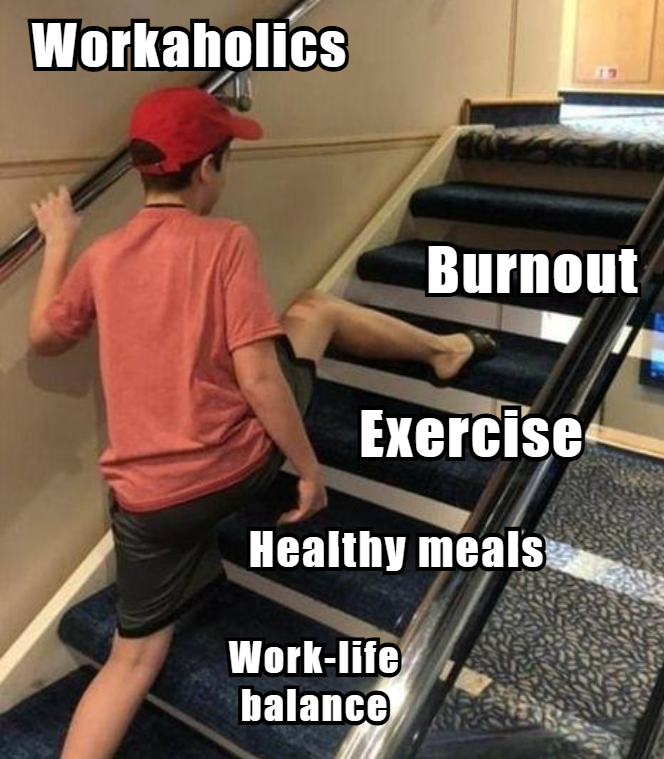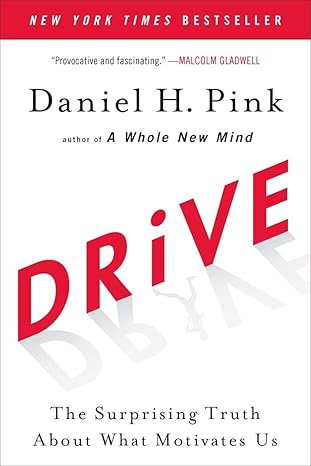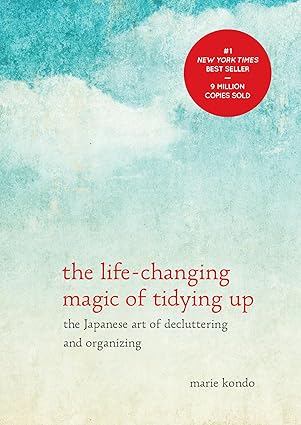The project management triangle, also known as the triple constraint, is a model that helps project managers understand the relationship between scope, time, and cost. This article explains how these three factors impact project success and provides practical tips for
How to balance work and hobbies: Tips for a more fulfilling life
In today’s economy, even a short sick leave can hit your wallet, and finding time for joy isn’t easy. But if you can smartly combine work with your hobbies, you might just find the perfect balance. In this article, we’ll share a few tips on how to weave your favorite hobbies into your daily work routine—so life feels not just manageable, but truly fulfilling.
Key takeaways
Blend work and hobbies instead of separating them — they can support each other
Manage your time and energy smartly to make space for what matters
Even five minutes counts — small, consistent efforts keep the spark alive
The great myth about perfect balance
“Work-life balance” sounds like a great thing, right? Well, it is — certainly. However, there’s an interesting alternative you can try. You might consider it a bit unhealthy, but what if we stopped thinking about our life and our work as two separate things, and started imagining them as one, where hobbies and career are intertwined, supporting each other?
Think about it — you might already be practicing something like that. Sketching during particularly boring Zoom calls, reading during lunch breaks — that kind of thing. It does bring your stress levels down, right? Well, maybe there’s something to be said for focusing on that, instead of chasing that picture-perfect work-life balance being served on every social feed these days.
Time management techniques
One of the main foundations of paying enough attention to both your hobbies and your work is time management. Various time-planning methods can seriously help with that, so here’s a couple of tips to get you started:
- Pomodoro technique – Yes, it’s popular. Yes, it’s everywhere. But for a very good reason. Little breaks every 25 minutes can be dedicated to hobbies — writing a couple of pages of your Oscar-worthy script, maybe drawing something.
- Prioritization – What’s important? What can wait? It might sound basic, but putting those obvious labels on your tasks really does reduce anxiety by quite a margin.
- Time blocks – Separate your day into blocks, each dedicated to something specific — work, laundry, cooking, and of course, hobbies. Stick to these blocks and you’ll find yourself doing the things you love much more often, without all the guilt.
And don’t forget that these require a system, first and foremost. So try every single method (or all of them) for a couple of weeks and find what works best for you.
Healthy prioritization
And by healthy, we mean actually considering some things “not that important.” Slapping an urgent sticker on everything is a fast track to burnout and mental issues — not more time for your hobbies. Here are a couple of tips on understanding what’s vital and what’s just important:

- Categories. Separate your tasks into three categories: high, medium, and low. And yes, hobbies should go in “high” if that’s what matters to you.
- Energy conservation. Prioritize tasks based on your biological clock. Are you more active in the morning than in the evening? Good for you — put hobbies into that small, energized window, and they won’t feel like a chore.
- Bit by bit. Planned to write a whole chapter today but barely managed to squeeze out a couple of paragraphs? That’s normal — perfection will always be out of reach, but those small things you do manage will, in the end, pile up into something great.
Context switching
So we’ve got the basics down — now let’s move on to the more complicated stuff. Say you did manage to dig out an hour to work on your painting skills. You’ve picked up your tablet and are ready to pour out all the creative juices you’ve got, but… that report, or that one Zoom call scheduled in a couple of hours, just won’t leave your head, no matter how hard you try.
For starters, that’s normal. Your brain can’t just switch moods like a machine. So the only thing you can do is help it along:
- Special rituals. Perform a specific action every time you switch from work to your hobby. Preferably something totally unrelated to your job — a walk in the park, maybe a different Spotify playlist, anything that makes your brain go, “oh, okay, we’re doing this now.”
- Notes for tomorrow. After you’re done with work, try listing out all your unfinished business and important tasks for the next day. Your brain is a very finite file storage system, so offloading it from time to time helps you switch gears more effortlessly.
- Full immersion. Even if it’s just 20 minutes between Zoom calls, you can dive into a hobby in that incredibly small window of time. You just have to do it the right way — no notifications, no phone calls, no messages. Just full immersion in what you actually love, with zero distractions.
Mini breaks are still breaks
And what if the fate of the world rests on your shoulders, and staying always online is an absolute necessity, not just a case of you struggling to balance life and work?
Maybe it’s time to change jobs?
Well… It’s an option, but you know — in this economy — not exactly ideal. Instead, try these small techniques:
- 5-minute rule. Even a measly five minutes with your hobby can help you relax and reconnect with your favorite arts and crafts. A bit of chord practice, maybe a few new strokes on that painting of yours — it all counts.
- Audio format and learning. Driving to the office, but wish you were behind your typewriter instead? Plug in your headphones and listen to something writing-related — a podcast, an audiobook, anything. It’ll keep you in love with what you do and ease that “Oh my god, why am I doing this and not that” feeling.
- Habit stacking. When time is, like, really tight, try attaching your hobbies to daily routines you already have. Writing while sipping your morning coffee, learning a few new Spanish words while brushing your teeth — that kind of thing.
Interesting fact 
According to a study published in Psychological Science, employees who regularly engage in creative hobbies show a 15–30% increase in productivity at work.
Also read:
To make regular self-reflection truly beneficial, check out How Reflection Can Help Your Career.
For achieving peak productivity, read How to Collaborate Effectively with Remote Teams: Tools and Tips.
To ensure each workday moves you closer to your goals, explore How to Stay Motivated During Long-Term Projects.
Conclusion
The sooner you start treating your personal time as an essential part of life, the longer you'll remain effective, creative, and inspired. Your life isn’t just about projects, clients, and tasks—it’s also about you. May each day bring you not only income, but also joy.
Recommended reading 

“The Art of Happiness: A Handbook for Living”
This book explores the importance of finding balance between personal and professional life, and how that balance can lead to greater happiness and inner peace.
On Amazon
"Drive: The Surprising Truth About What Motivates Us"
This book reveals key factors of motivation that help create a work environment conducive to maintaining work-life balance.
On Amazon
"The Life-Changing Magic of Tidying Up”
Offers methods for properly organizing your space to create the right atmosphere for peace and productivity.
On Amazon






